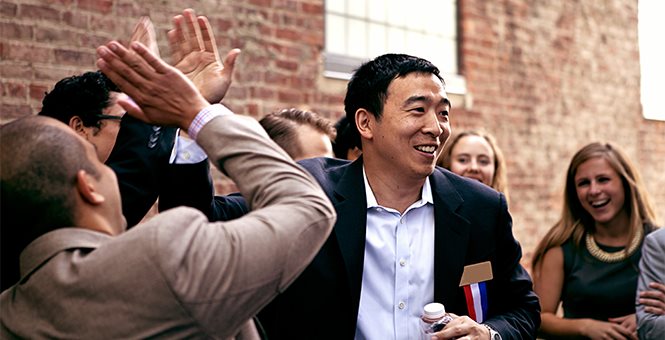

The term has at times been used to cast doubt upon credible news, and former U.S. It also particularly has the potential to undermine trust in serious media coverage. presidential election received more engagement on Facebook than top stories from major media outlets. For example, a BuzzFeed News analysis found that the top fake news stories about the 2016 U.S. įake news can reduce the impact of real news by competing with it. Several factors have been implicated in the spread of fake news, such as political polarization, post-truth politics, motivated reasoning, confirmation bias, and social media algorithms. The prevalence of fake news has increased with the recent rise of social media, especially the Facebook News Feed, and this misinformation is gradually seeping into the mainstream media. Because of this diversity of types of false news, researchers are beginning to favour information disorder as a more neutral and informative term. In some definitions, fake news includes satirical articles misinterpreted as genuine, and articles that employ sensationalist or clickbait headlines that are not supported in the text. Further, disinformation involves spreading false information with harmful intent and is sometimes generated and propagated by hostile foreign actors, particularly during elections. It's also been used by high-profile people to apply to any news unfavourable to them. Nevertheless, the term does not have a fixed definition and has been applied broadly to any type of false information. Although false news has always been spread throughout history, the term "fake news" was first used in the 1890s when sensational reports in newspapers were common. Fake news often has the aim of damaging the reputation of a person or entity, or making money through advertising revenue. Reporters with various forms of "fake news" from an 1894 illustration by Frederick Burr Opperįake news is false or misleading information presented as news. For other uses, see Fake news (disambiguation). For the online type and the websites that specialize in it, see Fake news website. The word "pedestrians" does not appear at all.This article is about a general discussion of false or misleading information presented as news. The infrastructure page on his campaign website has only a fleeting mention of public transportation. Yang has professed his love for cycling and dropping his son off at school, but his website is devoid of any biking-specific policies (he did have a campaign event at a Detroit bike factory once, but only to talk about automobile industry automation).
#Andrew yang twitter snopes free
O'Rourke has also pursued policies to add bike lanes and reduce parking while he was a councilman in El Paso and participated in a bike town hall last summer during his unsuccessful Texas Senate campaign against Ted Cruz.īut with Beto free falling in the polls, Yang has an opportunity to claim the cycling vote in the coming months.

In February, O'Rourke glided away from reporters with his single-speed Surly at a Moms Demand Action event in El Paso, temporarily breaking the Internet. In fact, only Yang's rival Gen X mallrat (and former Texas Rep.) Beto O'Rourke has done more for the cause of presidential cycling. But he made at least one trip on two wheels, a rarety among presidential candidates.


It is unclear where Yang went next after the NPR interview, or if he even biked the rest of the day. Twitter user Ida Solberg added, "Thats just adorable with the kid seat and all." "It would be awesome to have a POTUS who values cycling," tweeted Nathan Corliss. 9IvLkUl8w8- Eric Marrapodi October 20, 2019Ĭycling lovers and Yang Gang enthusiasts heaped praise on our future savior-in-chief on Twitter and Reddit, where the image was shared to the site's bike commuting subgroup. He said it’s much faster to get around nyc by bike. Oh and rolled up on a bike to our interview.


 0 kommentar(er)
0 kommentar(er)
